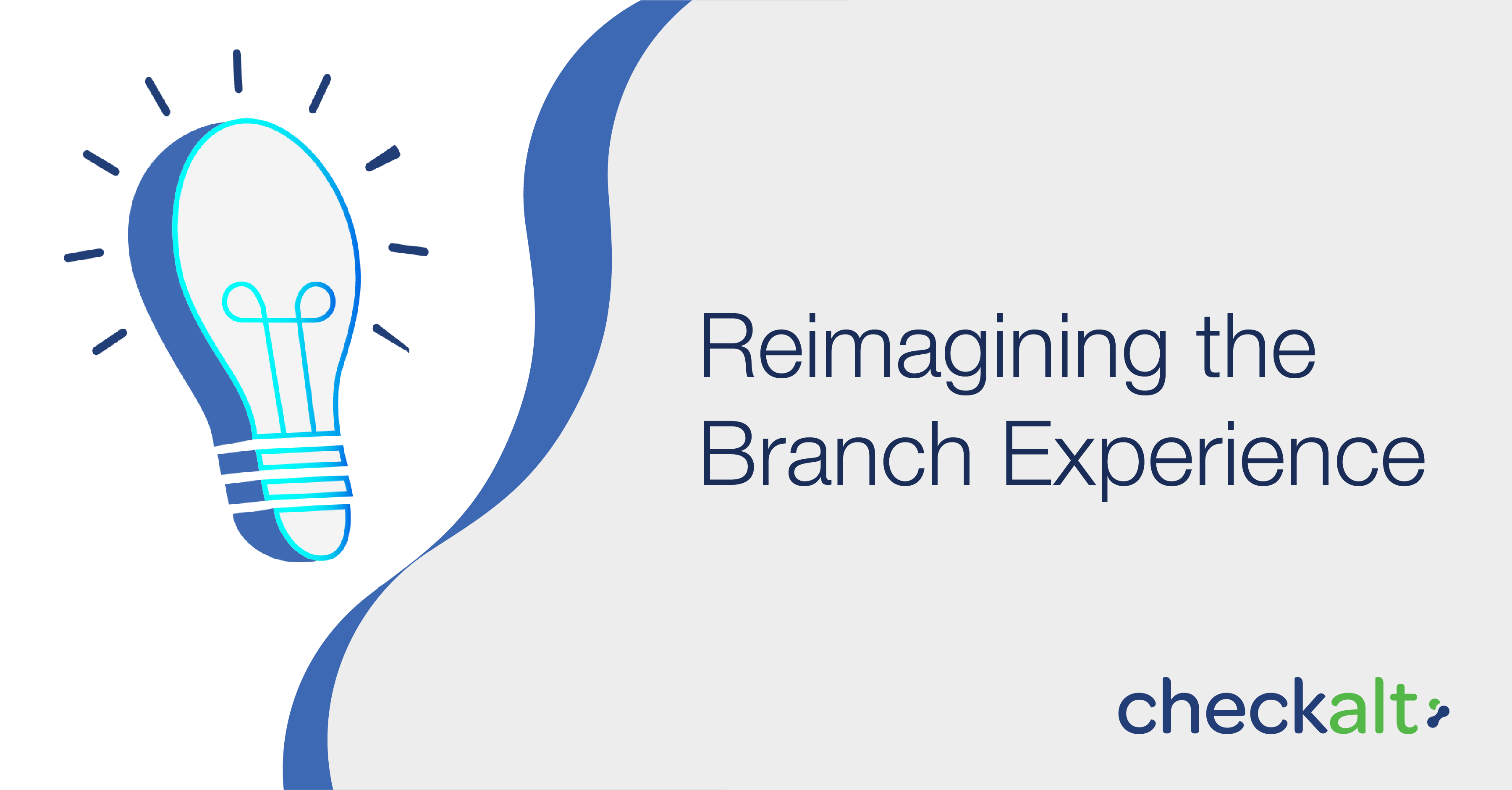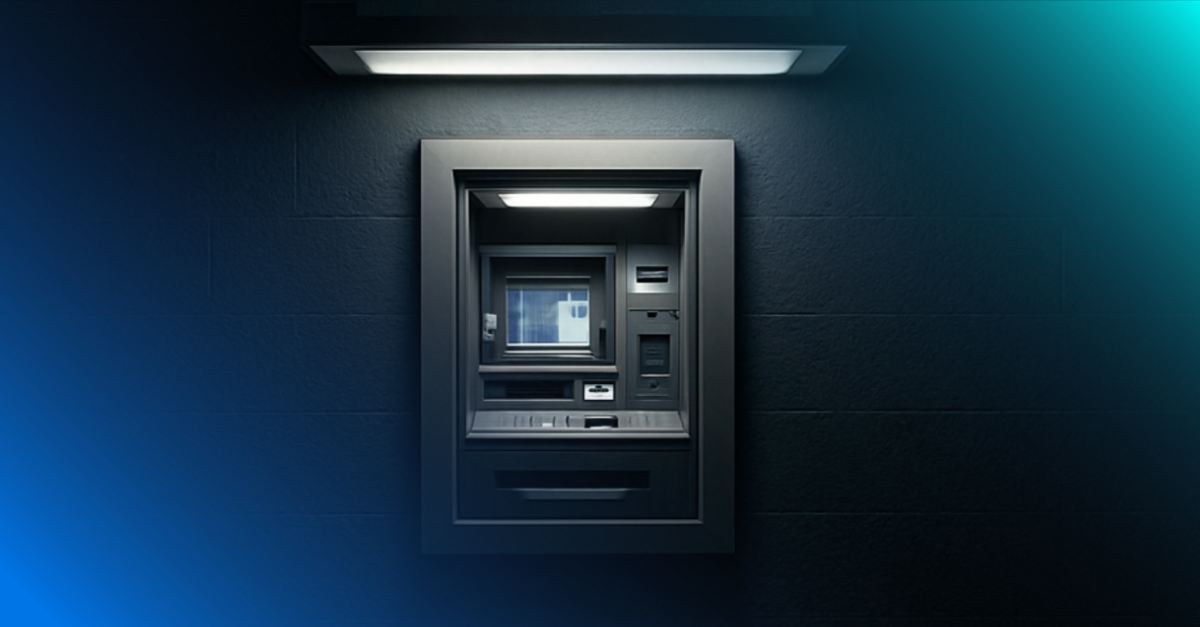2025’s Top Insights: AI, Fraud, and Receivables Modernization
The Top 5 Most-Read Articles of the Year 2025 offered clear insight into what our audiences valued most: practical AI adoption, stronger fraud...
3 min read

The death of the branch has been talked about for decades. Bank and credit union branches have been closing at an accelerating rate, now made worse by public health, social, and economic challenges. At its core, however, there are deep-seated emotions attached to money which require trust—and trust is more easily established through human interaction.
There will be those who continue to do their banking online, but accepting large deposits, taking out a loan/mortgage, setting up a retirement plan, and resolving a significant dispute tend to require a human interaction. The relevant questions financial institutions should ask themselves are:
According to a recent report from the Federal Reserve, the people who still go to branches are older, wealthier, and self-employed. Many older people are likely less comfortable using technology. Wealthier individuals have higher value transactions that can’t easily be done online. And the self-employed either have cash deposits or require small business loans which need to be done in the branch. The majority of these individuals still use online banking, but there are simply some transactions that you can’t do online.
Take my mom as an example. She is in her eighties, lives in a rural community and while she has a smartphone, she isn’t tech savvy. Perhaps most importantly, she still has concerns about the safety of online banking (or online anything). My mom is also very frugal and she explained to me that she saves money by making her deposits in person. Her branch also has a large bulletin board where people post events like horse shows, card games, and book clubs. In some ways, it is a place where time has stood still. She is the epitome of the individual who still goes to the bank branch.
I am quite the opposite. Recently, I refinanced my home and because of the pandemic, I carried out the transaction mostly via digital means like secure emails, along with traveling notaries, and overnight deliveries. I only had to go to the bank once, and that was to open a checking account for automatic withdrawals that saved me 25 basis points on my interest rate. The branch was in our neighborhood grocery store. I picked up a few items on the way out. That is the only time I’ve been in my bank branch for over a year.
A survey in 2019 by the FDIC found that almost 95% of Americans use bank or credit union branches and almost 50% of Americans go into a branch at least once a month. In the U.S., there were 76,837 bank and 21,337 credit union branches in 2019. That’s more than twice the number of grocery stores. However, the number of full-service bank branches across the country are declining—by 12% between 2010 and 2019, according to a Quartz analysis of FDIC data. Moreover, branch overhead is expensive and fixed, therefore banks inherently need to see a good return on investing in in-person banking. How can that be accomplished?
Let’s reimagine not just the idea of having branches but our expectations about what they can accomplish in the context of service, community, and technology.
Sure, money is a product and interest rates charged are the gross profit, but really, banking is more of a service. If people are going into the branch to accomplish a lifelong dream of opening a business or saving for retirement, it would be helpful if the branch manager was walking around the lobby like the owner of an exclusive restaurant, shaking hands and asking how they are doing.
Navy Federal, a credit union with a little more than half of its 345 branches on a military installation or within three miles of one, have increased their branches by 55 percent from 2011 to 2021 and plan to add more. Why are they bucking the trend? Navy Federal’s VP of Branch Operations Richard Allen told Bankrate, “When these service members deploy, we are almost like a connection for them [our members].” The credit union has become a community. Branches can serve as a connector within their communities. The idea harkens back to the community bulletin board in my mom’s bank.
Branches can adjust to new consumer behaviors and our new reality with the help of fintech partners that can deliver services such as deposit imaging and consumer payment solutions. These products meet the consumer where they are and, perhaps more importantly, where they want to be. Equally as important, it helps save money to offset the increased cost of overhead for branches.
Incorporating technology can enable a branch to become mobile—the branch can go anywhere and be at any event. That’s a nice cross-over offering both increased service and community interaction. Moreover, the function of the branch can become part of the digital experience. Some financial institutions have begun offering digital banking through kiosks inside their branches to help visitors save time. I look forward to seeing a voice-activated robot inside my bank, directing me where to go.
Ultimately, banks and credit unions are still figuring out the most optimal way to work with their customers. Through creative branch experiences and superior technology, there is renewed optimism that in-person and digital demand can be accommodated, and branches are an important component.
RECENT ARTICLES
• As Branches Close, Fintechs Can Help Financial Institutions with Digital Solutions
• How the Right Software Solves ATM Woes for Banks and Credit Unions
• Combining Automation and Human-Driven Analysis to Keep More Payments Electronic

The Top 5 Most-Read Articles of the Year 2025 offered clear insight into what our audiences valued most: practical AI adoption, stronger fraud...

With Gen Z gaining financial independence, banks and credit unions face a generational inflection point. These digital natives—born between 1996 and...

ATM jackpotting is a threat to banks and credit unions in the United States. Here’s an updated guide on the risks and defenses for financial...